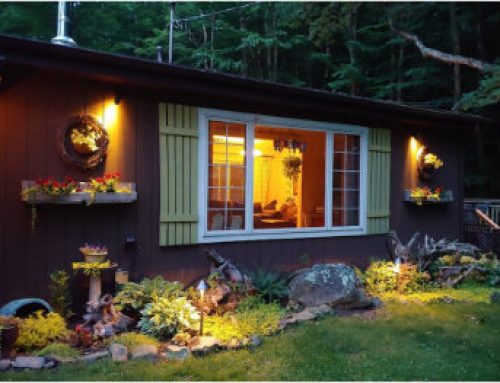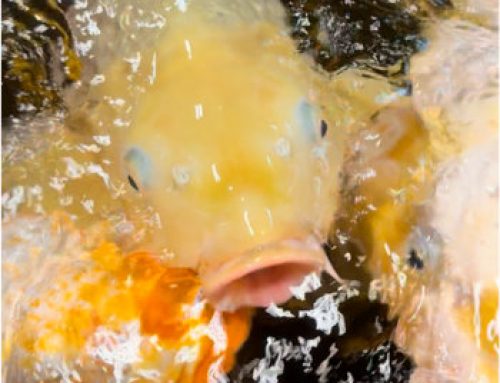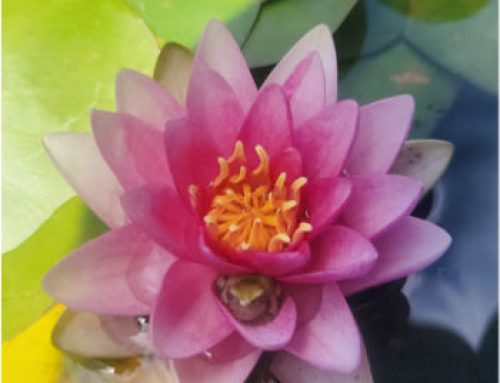1. Clean Your Pond Thoroughly
- Remove Debris:
- Scoop out leaves, twigs, and plant debris with a pond net or skimmer. Decomposing organic matter can produce harmful gases and lower water quality.
- Vacuum the Bottom:
- Use a pond vacuum to remove sludge and muck from the pond floor.
- Trim Plants:
- Cut back dead or dying aquatic plant foliage, especially hardy lilies and marginal plants, to prevent decay.
2. Install a Pond Net
- Prevent Leaves from Falling In:
- Stretch a fine-mesh net over the pond to catch falling leaves and debris.
- Secure the Edges:
- Use rocks or stakes to keep the net in place, ensuring it doesn’t sag into the water.
3. Adjust Fish Feeding
- Switch to Cold-Weather Food:
- Feed wheat germ-based food, which is easier to digest as fish metabolism slows in cooler water.
- Stop Feeding Below 50°F (10°C):
- When water temperature drops below this level, fish enter dormancy and stop eating.
4. Check and Maintain Equipment
- Clean Pumps and Filters:
- Remove debris from pumps and filters to keep them running efficiently.
- Adjust or Remove Equipment:
- Move pumps closer to the water’s surface to prevent circulating cold bottom water.
- If winter temperatures freeze your pond solid, remove equipment and store it safely.
5. Manage Plants and Fish
- Overwinter Hardy Plants:
- Move hardy plants like lilies to the deepest part of the pond to prevent freezing.
- Tropical Plants:
- Remove and store tropical plants indoors in a warm, sunny location.
- Ensure Fish Safety:
- Ensure the pond is deep enough (at least 18–24 inches) to prevent freezing solid in winter.
6. Test and Balance Water
- Water Testing:
- Check pH, ammonia, and nitrate levels to ensure they are within healthy ranges.
- Water Changes:
- Perform a partial water change (10-20%) if necessary, and top off the pond with dechlorinated water.
7. Consider Aeration and De-Icing
- Add a Pond Aerator:
- Increase oxygen levels with an aerator to keep the water healthy during cooler months.
- Use a Pond De-Icer:
- In areas with freezing temperatures, use a floating de-icer to maintain a small ice-free area for gas exchange.
8. Monitor and Prevent Algae Growth
- Remove Excess Nutrients:
- Regular cleaning and reduced feeding minimize algae blooms in fall.
- Add Beneficial Bacteria:
- Use cold-water bacteria treatments to break down organic matter and improve water clarity.
9. Inspect and Prepare for Winter
- Check Liners and Edges:
- Look for leaks or damage that may worsen in freezing weather.
- Winterization Plan:
- Decide if you will shut down the pond or keep it running during winter, depending on your climate.
Key Takeaways
Properly preparing your pond in fall ensures a healthier ecosystem and less maintenance in the spring. By cleaning, protecting fish and plants, and maintaining equipment, you’ll keep your pond thriving through the cooler months and into the next season.



